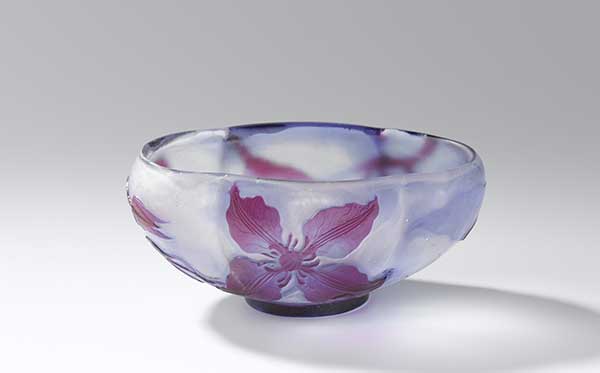
Bomboniere, Art Nouveau Tableware
The high quality of porcelain, similar to the porcelain of China, was discovered about 1707 by Böttger, an alchemist, and Tschirnhaus, a physicist, the scientists and researchers in Meissen Porcelain factory in Dresden, Germany.
Later during the 18th century, each European country produced hard-paste porcelain. In this kind of porcelain, the hard-paste, named True Porcelain, differed from the soft-paste or the Artificial Porcelain. Hart-paste porcelain was more crack-resistant, most applied for hot liquids, and occasionally could be prepared for the second firing in which the glaze was fused. Conversely, the soft paste contained a small amount of clay, had fewer plastic characteristics and was difficult to shape. All European countries had their specific Neoclassical style and used both methods, but in Europe, the hard-paste became the primary porcelain production. Because of this progress, the prosperous class of European societies could consume Austrian, English, German and Italian porcelain.




